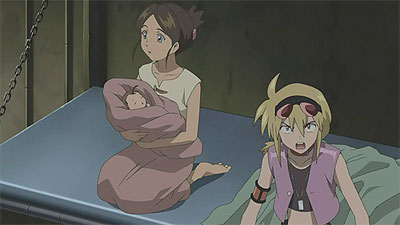 Isla and Ked
Isla and Ked
In the world of Japanese animation “Blue” seems to be a code-word denoting something to do with the ocean, and so it is with this anime, in which a major disaster, the “Hammer of Eden” or oceanic surge, has caused a huge temporary inundation and billions of human deaths. The survivors are struggling to reconstruct, but are fundamentally divided. The submariner Gould, captain of a double-hulled submarine attack vessel, wishes to impose an efficient dictatorial rule, while the (female) Secretary-general of the UN wishes to restore a democratic tradition.
Amidst all this, the boy Ked lives on an island on top of which a UN naval aircraft carrier is stranded. Ked has a twin brother, whom he hates, who serves in one of the navies.
Ked is acquainted with Isla, a young woman a little older than him, who is pregnant. In the action-packed first episode, Gould attacks the UN forces on the island, much of the town is destroyed, Ked’s brother turns up, and Isla gives birth.
I’ve seen the first two episodes and skimmed the third so far. This anime is quite a lot of fun, and unlike some anime, in which several episodes can pass without the plot going anywhere, things seem to go at a brisk pace in “Tideline Blue”. It’s far from deadly serious. There are plenty of humorous moments. For instance, in episode three, the expression on the ostrich’s face when it thinks it is going to be eaten is laugh-out loud funny. Not an outstanding anime, but worth checking out if this sketch makes it seem interesting.

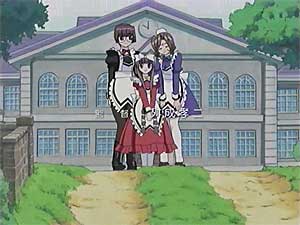 Kokoro is the youngest of three sisters who run the Kokoro Library founded by their father. The library is big enough to serve a city, but is situated in remote coutryside, and consequently is rarely visited. On Kokoro’s first day at the front desk, there is just one visitor, a young woman who borrows a book that she read as a child. A week later nobody at all turns up on the day appoined for this book’s return.
Kokoro is the youngest of three sisters who run the Kokoro Library founded by their father. The library is big enough to serve a city, but is situated in remote coutryside, and consequently is rarely visited. On Kokoro’s first day at the front desk, there is just one visitor, a young woman who borrows a book that she read as a child. A week later nobody at all turns up on the day appoined for this book’s return.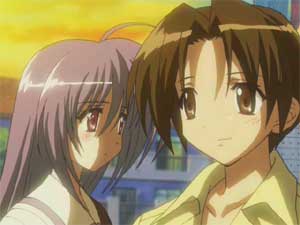
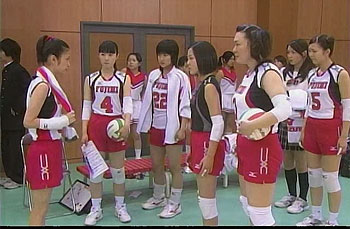
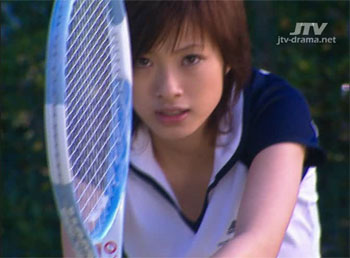 Hiromi on court. ep#2
Hiromi on court. ep#2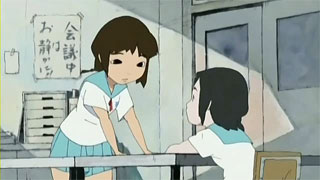 It’s one of those “daily life” anime, I suppose, for want of a better label, and this will doubtless put off those who like their anime full of extreme violence. 🙂
It’s one of those “daily life” anime, I suppose, for want of a better label, and this will doubtless put off those who like their anime full of extreme violence. 🙂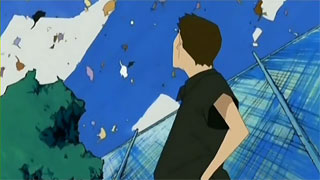 is standing nearby. Did he have something to do with Nao’s gentle descent? Soon, the girls discover the secret world of “Wind Users”.
is standing nearby. Did he have something to do with Nao’s gentle descent? Soon, the girls discover the secret world of “Wind Users”.